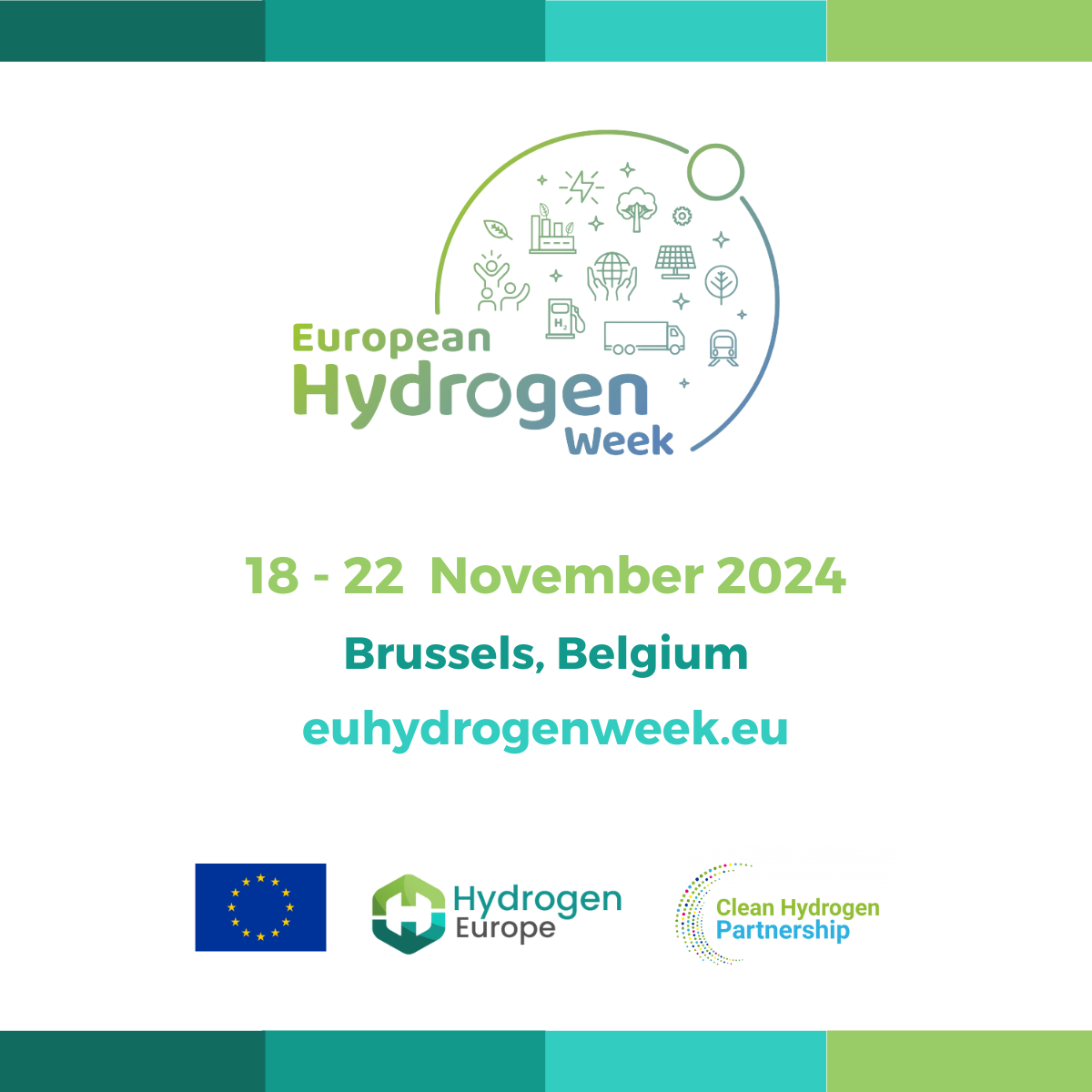
Agreement reached on AFIR
28 March 2023
Portugal to launch Europe’s first auction for piped H2
29 March 2023Today (28th March), the Council adopted its position (general approach) on the hydrogen and decarbonised gas market package, the regulation and directive that will shape the market for hydrogen transmission, storage, and distribution.
Hydrogen Europe welcomes the plan to set up a dedicated organisation of hydrogen network operators, named ENNOH (European Network of Network Operators for Hydrogen), to oversee infrastructure planning at the European level and to develop future network codes. The rules proposed on vertical unbundling will allow a faster uptake of hydrogen infrastructure because they allow various unbundling models to co-exist in the hydrogen sector, enabling today’s gas operators to invest into hydrogen infrastructure too. We also welcome the flexibility for member states to decide between regulated and negotiated third-party access (TPA) to hydrogen pipelines, salt caverns, aquifers, depleted gas fields, and terminals.
“This general approach on the hydrogen and decarbonised gas market package is a good start for the future of a truly European hydrogen market enabled by a common and interconnected infrastructure. However, we are concerned by the absence of a separate regulatory structure for transmission and distribution operators and the emphasis on horizontal unbundling, which places hydrogen at a disadvantage compared with natural gas and electricity,” said Daniel Fraile, Chief Policy Officer at Hydrogen Europe.
“We call on legislators to replicate the existing rules for the distribution of natural gas to the hydrogen sector. We also encourage policy makers to accelerate the process to define low-carbon hydrogen by retaining the six-month deadline for the adoption of the Delegated Acts on low-carbon fuels methodology, in line with the parliamentary position,” he added.
Hydrogen Europe would also like to highlight that exemptions to regulated TPA and unbundling applicable to major green field hydrogen infrastructure will only apply from 2026, creating uncertainty for projects with an earlier commissioning date. Finally, a clearer distinction should be made between hydrogen derivatives and carriers; for instance, by removing the reference to LOHC from the definition of hydrogen supply and hydrogen derivatives.
We now look forward to the European Parliament adopting its final position so that the trialogue process may start in earnest among the three institutions.
For more information:
ITRE votes for fast transition to H2 infrastructure (February 2023)



